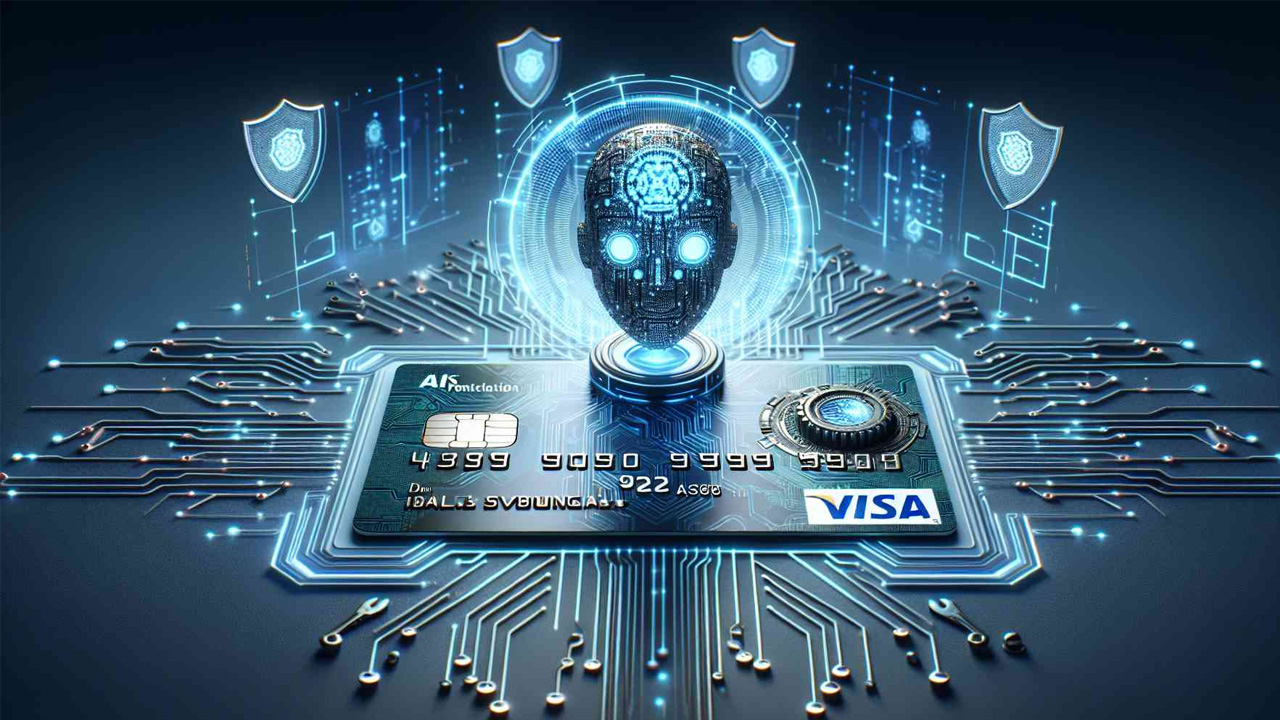“AI is not just a tool. It’s a shield against the invisible enemies of the digital age.” – Anonymous
Introduction
How Does AI Prevent Credit Card Fraud?: In today’s hyper-connected financial world, credit card fraud is a growing threat—one that cost consumers and institutions over $28 billion globally in 2023 (Statista). As digital payments increase, so does the sophistication of cybercriminals. Traditional fraud detection methods, which rely on static rules and human oversight, are no longer enough. That’s where Artificial Intelligence (AI) steps in.
With the ability to process vast amounts of data in real time and learn from evolving fraud patterns, AI has become a game-changer in the fight against financial crime, especially credit card fraud. This blog explores how AI works to detect and prevent fraud, reduce false declines, and secure the future of digital payments.
Real-Time Monitoring And Pattern Recognition
AI leverages machine learning algorithms to analyze massive volumes of transaction data in real time. These systems learn from historical data and recognize behavioral patterns associated with legitimate and fraudulent activities.
As explained by IBM, AI models can flag anomalies based on location, spending amount, device ID, and transaction time—helping banks to instantly block suspicious transactions before they are executed.
🔍 For example, if a user typically spends ₹5,000 on groceries per week in Mumbai, but suddenly initiates a ₹1,00,000 transaction from a different country, the AI model can flag or block this activity immediately.
According to DataDome, AI-based fraud detection systems can reduce false positives by up to 80%, allowing genuine users to make seamless transactions while stopping malicious ones in their tracks.

Predictive Modeling And Threat Forecasting
Another advantage of AI is its predictive capabilities. Using deep learning and historical fraud data, AI can forecast potential fraudulent behavior—even if it hasn’t occurred yet.
Debut Infotech notes that predictive modeling helps detect new forms of synthetic identity fraud, where cybercriminals use fabricated information to create fake credit profiles. This AI-based strategy empowers financial institutions to detect and deny such applications proactively.
Additionally, Nitor Infotech reports that integrating AI fraud models can increase fraud detection accuracy by 92%, significantly reducing financial loss and customer frustration.
Continuous Learning And Automation
The true power of AI lies in continuous learning. With each new transaction, AI systems refine their accuracy and adapt to new fraud patterns. This is crucial because cybercriminals are constantly developing new techniques to bypass traditional security.
SCIRP emphasizes that AI systems trained on vast, updated datasets are better equipped to identify reoccurring fraud behaviors, even as fraud tactics evolve.
💡 As per Xerago, AI-driven models are now 100 times faster than manual review processes, enabling real-time fraud resolution with minimal human intervention.
Conclusion
As digital transactions continue to dominate the financial landscape, AI is becoming indispensable for credit card fraud prevention. Its speed, accuracy, and adaptability make it superior to traditional methods. From real-time monitoring to predictive analysis and continuous learning, AI equips financial institutions with a powerful defense against evolving threats. In a world where milliseconds matter, AI isn’t just fighting fraud—it’s staying ahead of it.
FAQs
What Is Credit Card Fraud?
Credit card fraud involves unauthorized use of someone’s credit card information to make purchases or withdraw funds.
How Does AI Detect Fraud In Real Time?
AI monitors transactions continuously and compares them against known fraud patterns and user behavior to flag anomalies instantly.
What Is Predictive Modeling In AI Fraud Detection?
Predictive modeling uses historical data to identify future fraudulent behavior even before it occurs.
How Accurate Is AI In Preventing Fraud?
Modern AI systems can achieve up to 92% accuracy in detecting fraudulent transactions, with fewer false positives.
Can AI Help In Reducing False Declines?
Yes. By understanding genuine user behavior, AI reduces unnecessary transaction rejections, improving customer experience.
Is AI Used Only By Banks?
No. AI-powered fraud detection is used by banks, fintech firms, e-commerce platforms, and payment gateways.
Does AI Work With Human Fraud Analysts?
Absolutely. AI works alongside human analysts by automating detection and escalating only complex cases for manual review.

